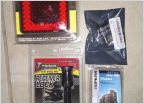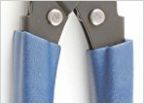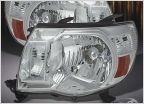-
Welcome to Tacoma World!
You are currently viewing as a guest! To get full-access, you need to register for a FREE account.
As a registered member, you’ll be able to:- Participate in all Tacoma discussion topics
- Communicate privately with other Tacoma owners from around the world
- Post your own photos in our Members Gallery
- Access all special features of the site
Fog Light Wiring for Tacomas Without Fog Lights
Discussion in 'Lighting' started by thrasherpass, Aug 5, 2023.


 Switch-Pros 9100/RCR-FORCE 12 mounting solution for 2023 Tacoma
Switch-Pros 9100/RCR-FORCE 12 mounting solution for 2023 Tacoma Buyers remorse over Diode Dynamics interior led's?
Buyers remorse over Diode Dynamics interior led's? Anyone have a tow hitch light?
Anyone have a tow hitch light? A better crimper for non-insulated terminals?
A better crimper for non-insulated terminals? Need New Headlight Housings
Need New Headlight Housings











































































